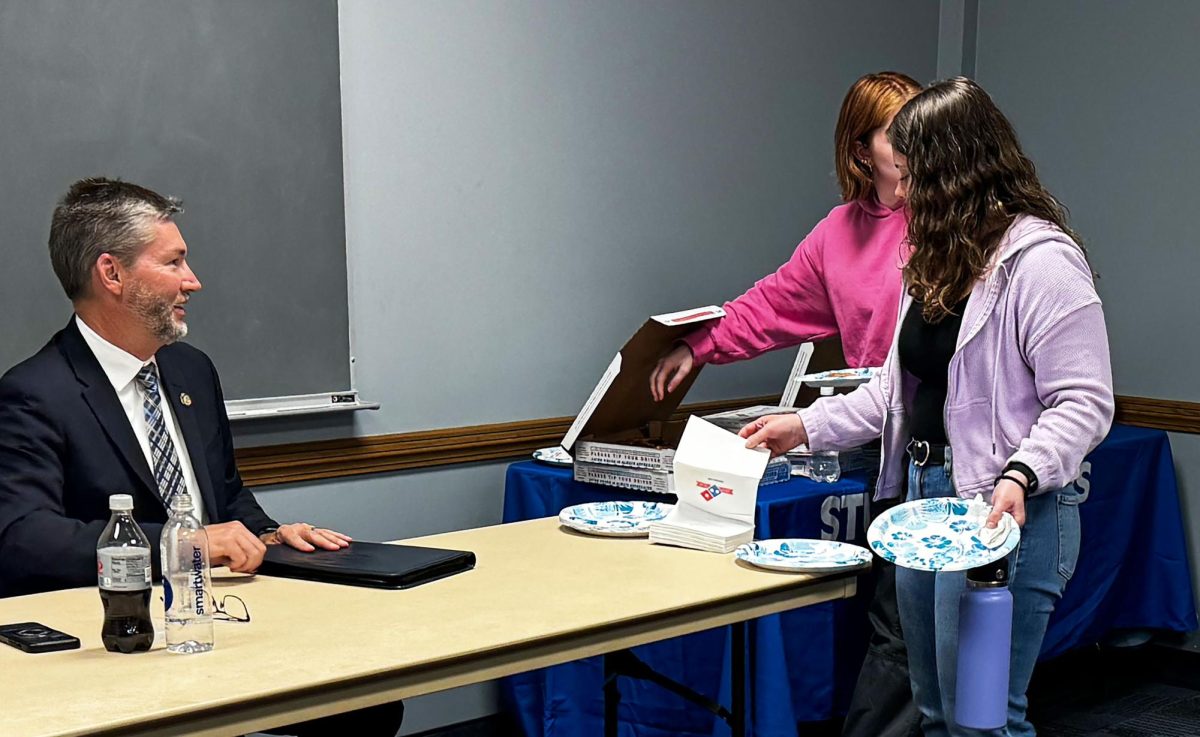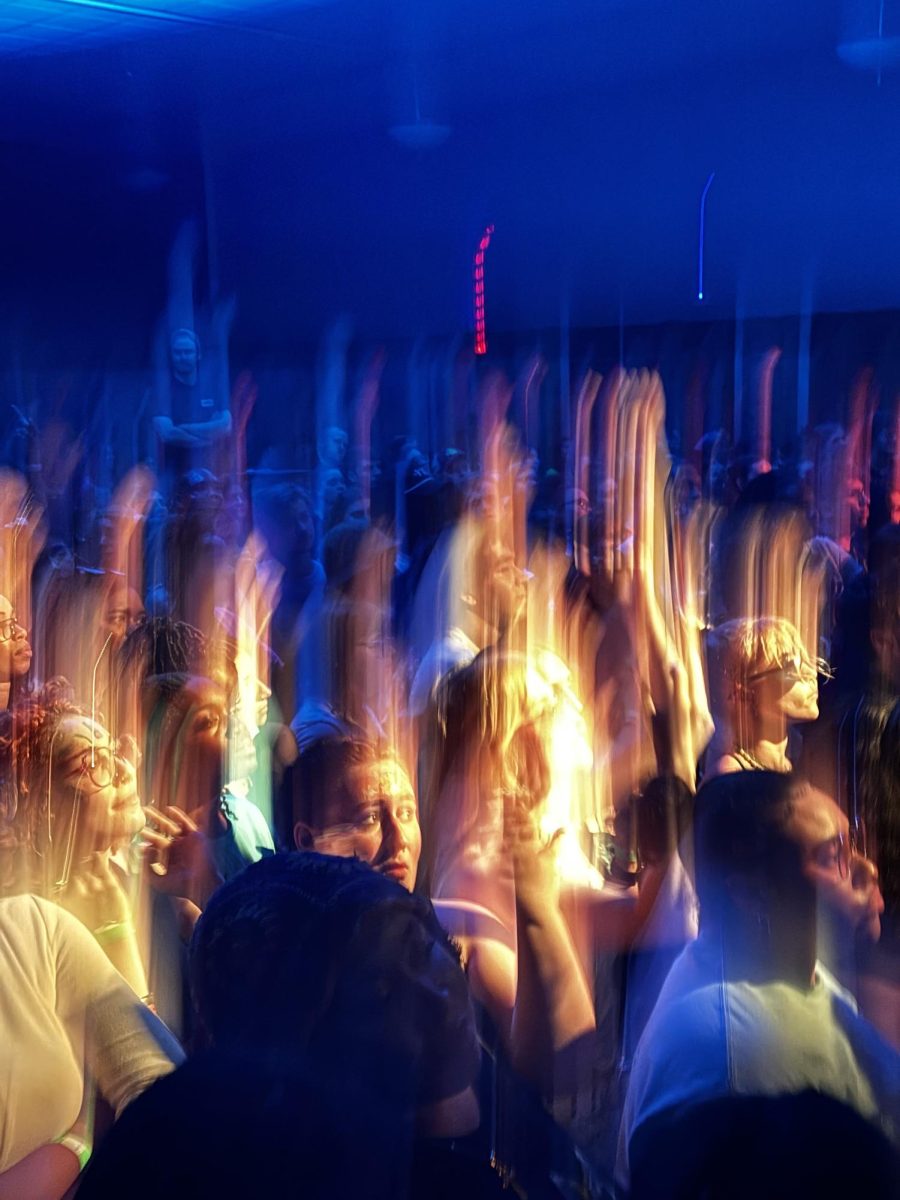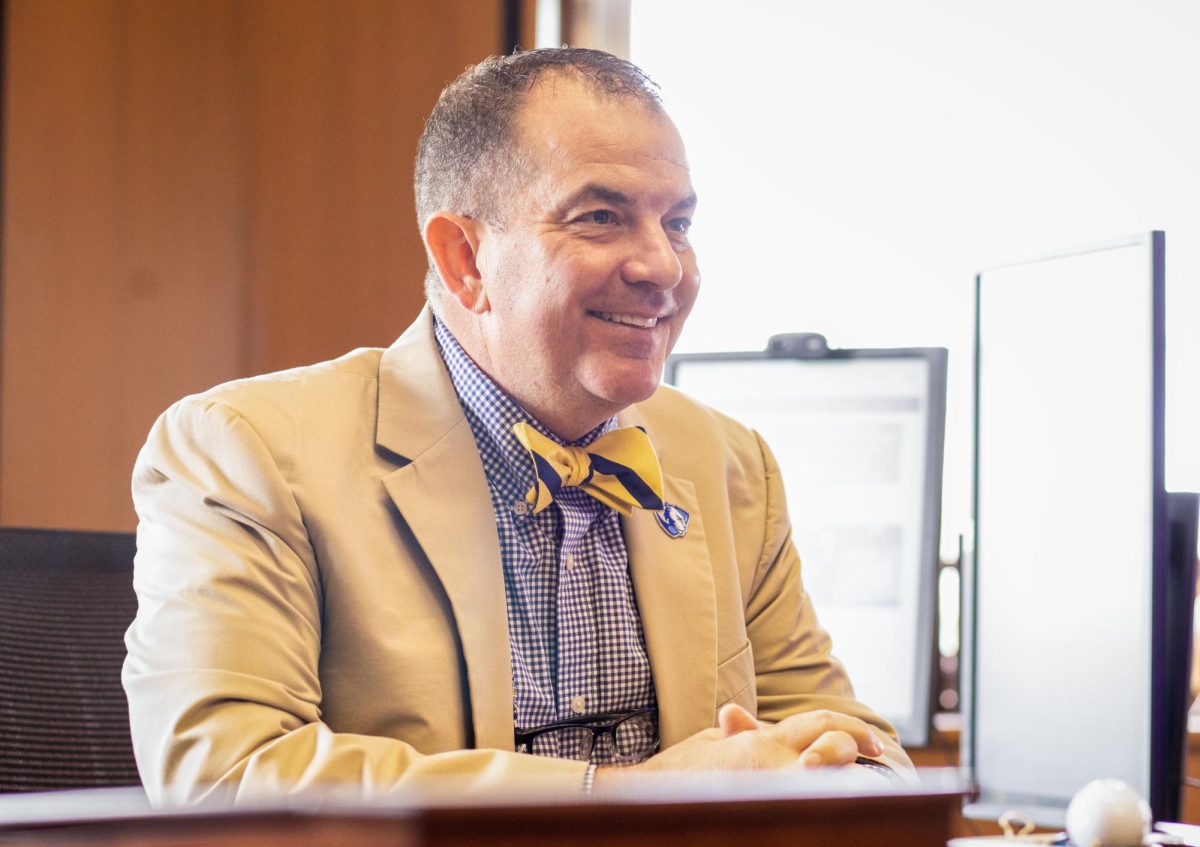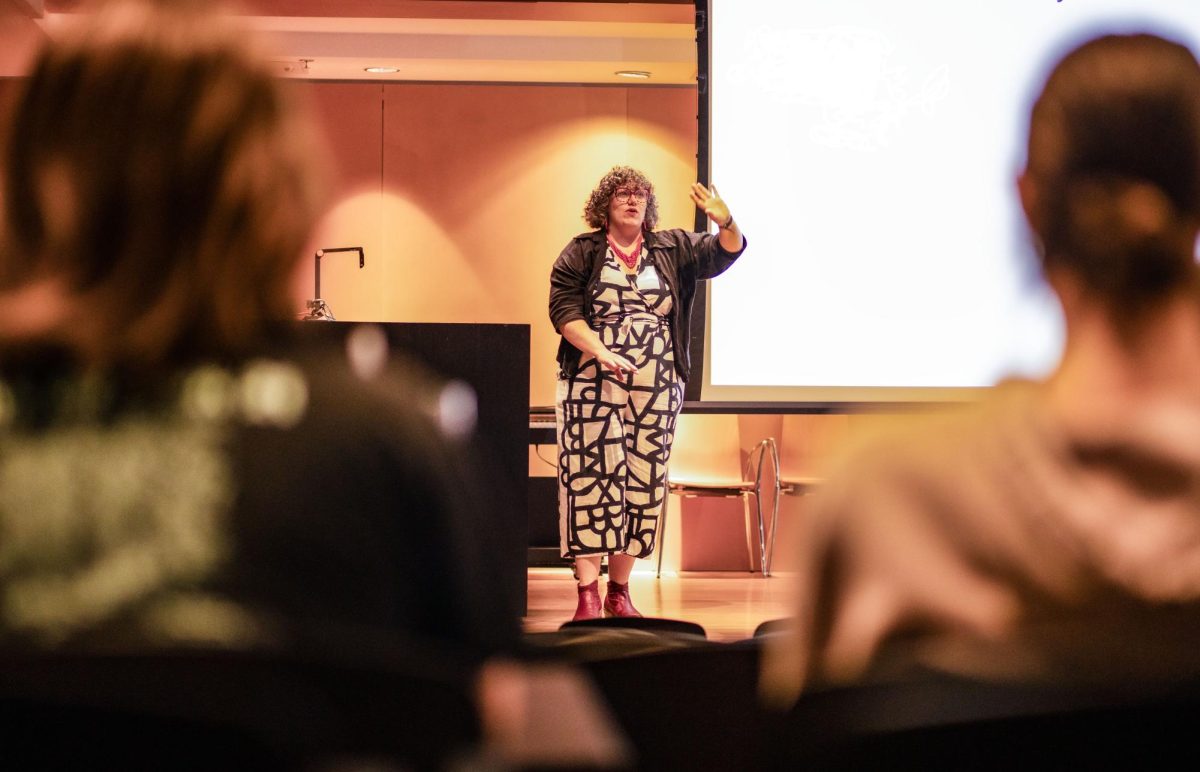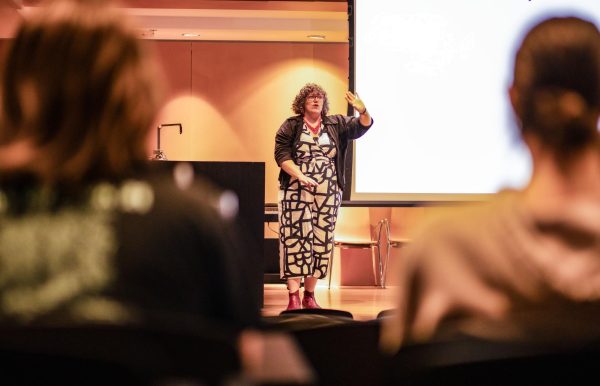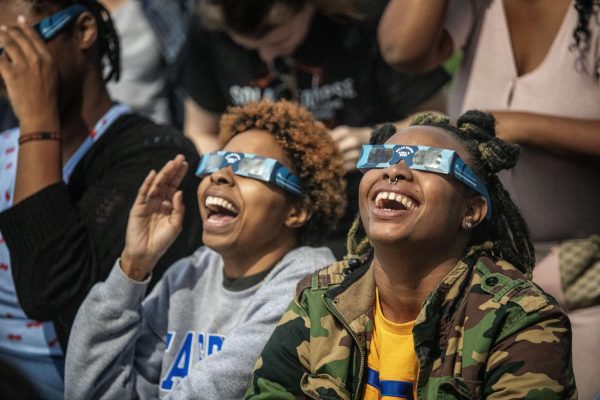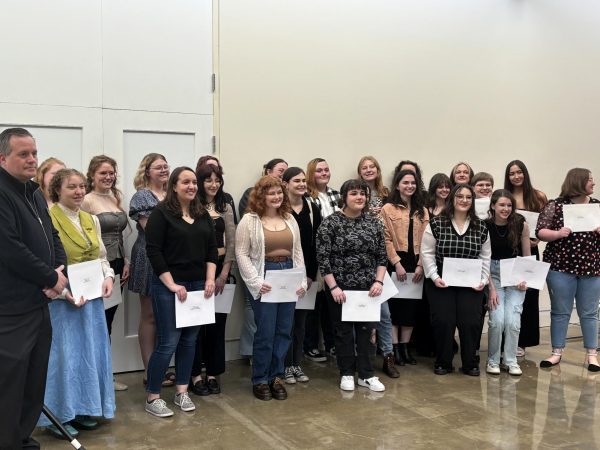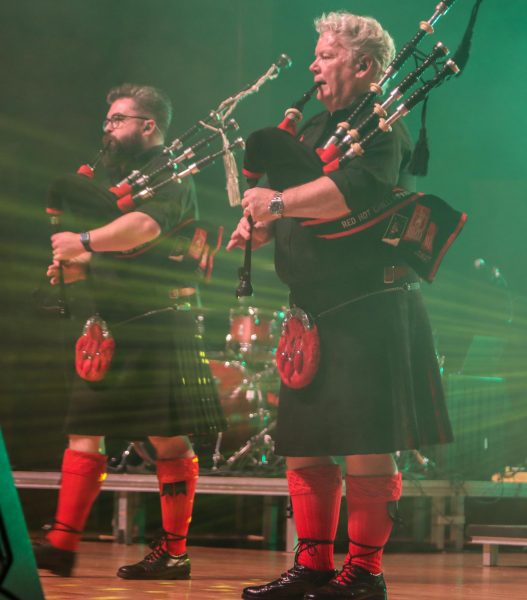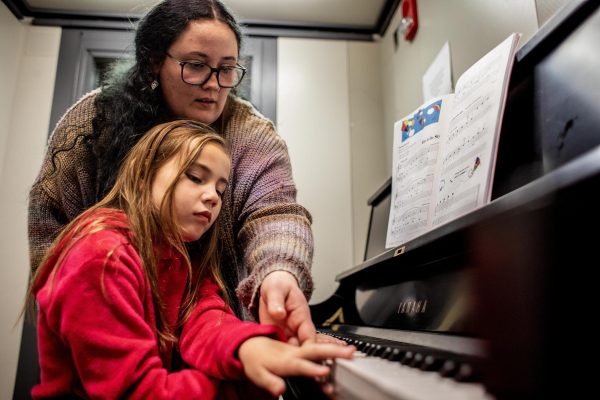Journals of French art historian reveal challenges to role of women
A French art historian contributed to the history of Irish art and challenged the role of women in the mid 20th century, an Eastern art professor said.
Janet Marquardt, a professor of art history and women’s studies and the director of the Center for the Humanities, presented the personal journals of Françoise Henry, a history that detailed her excavations on the island Inishkea North (Co. Mayo) in Ireland.
Marquardt said Henry wrote about the daily events on the island, and the journals told her personal thoughts about those around her.
“She kept her personal notes separate from her archeological journals, her record of the day, except for 1950 where she merged them,” Marquardt said.
Marquardt found Henry’s journals while she was working on a project with the Zodiaque book series—a series in which Henry wrote three of the 400 books.
Marquardt was in the Royal Academy archives working with a series of books on Romanesque art that was published by a monastery.
“I was looking for correspondents between her and the monks when I came across this manila envelope,” Marquardt said. “I pulled these notebooks out of this old manila envelope and flipped them open, and I think because they were in pencil and French that no one really paid any attention to them.”
The islands of Inishkea were abandoned after a storm that killed most of the male population.
Henry visited the island in 1937-38, 1946 and 1950 to find ancient Irish art, Marquardt said.
Jeannie Ludlow, an English professor and director of women’s studies, said she thought the presentation embodied women’s studies’ theme “Women Imagine Change.”
Ludlow said Marquardt emphasized how Françoise Henry was different from other women in her time period.
“The men who worked with her had never been lead by a woman before,” Ludlow said. “They had never had a woman supervisor and here she comes and she starts finding this art and hiring people to do excavations with her so that everyone in the world can study them.”
Henry taught European art at the University College Dublin for 40 years and was the first person to introduce the history of Irish art into the university.
Marquardt said Henry was important in comparing the details found in different media.
Henry also helped influence Ireland’s stance on science.
“She moved the archeology in Ireland forward also,” Marquardt said. “So she was pretty important in Ireland, even though she was French.”
While working on the island, Henry dealt with the complaints of the men who worked for her, as well as what other women thought of her, Marquardt said.
“She had an interesting position; she was a woman managing traditional men, who had probably never been supervised by a woman,” Marquardt said.
Other women would judge Henry, Marquardt said.
“The most interesting interaction was with the women. ‘Why was she single?’ they wanted to know. ‘Why don’t you want children?’” Marquardt said. “They would ask her these question, but she was just as curious and critical of them.”
Marquardt said she thinks Henry is a good example women causing change.
“She believed that she could be an archeologist, just the same as a man could. And in those days, that was asking a lot,” Marquardt said. “She could live in the elements, she could do all the digging and record things, and have authority.”
Samantha McDaniel can be reached at 581-2812 or [email protected].




